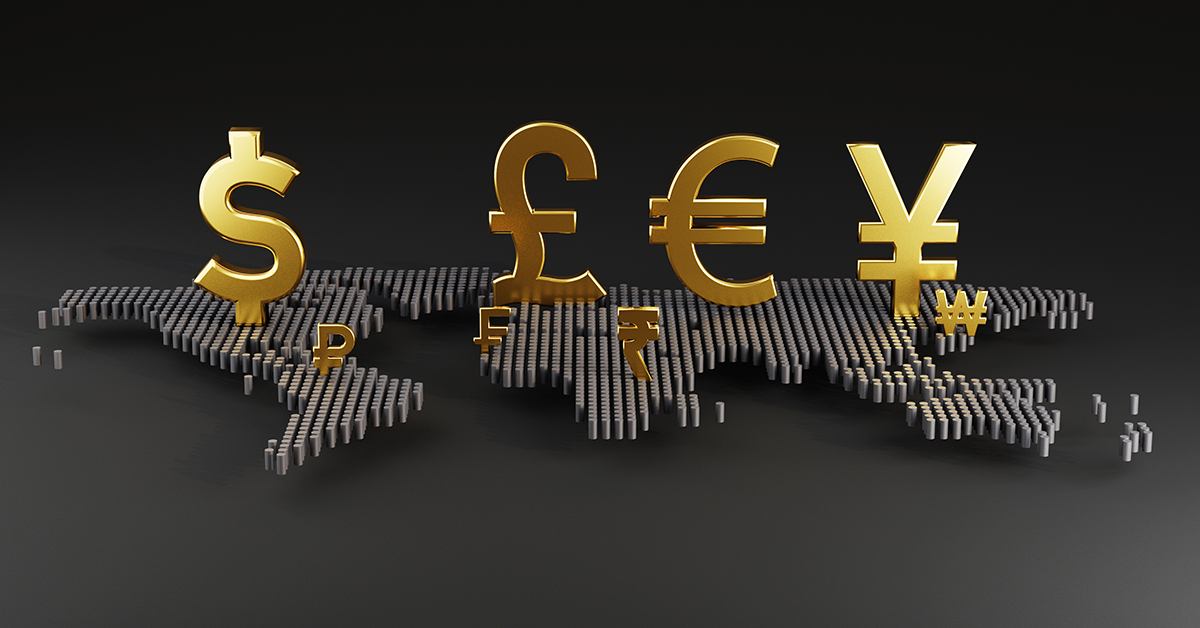
Understanding Forex Trading: An Example Guide for Beginners
Forex trading, or foreign exchange trading, has become increasingly popular among investors and traders around the world. If you’re just starting out, you might feel overwhelmed by the amount of information available. However, grasping the fundamentals of Forex trading can be straightforward, especially when illustrated through practical examples. In this article, we will explore the mechanics of Forex trading using real-world scenarios, and how a reliable broker like forex trading example Trading Broker UZ can facilitate your trading journey.
What is Forex Trading?
Forex trading involves buying and selling currencies in the foreign exchange market, with the aim of generating profit from fluctuations in exchange rates. Unlike stock trading, where you buy shares of a company, Forex trading focuses on currency pairs, such as EUR/USD or GBP/JPY. Each pair signifies the value of one currency against another.
The Mechanics of Currency Pairs
In a currency pair, the first currency is called the base currency, and the second is the quote currency. For instance, in the pair EUR/USD, the Euro is the base currency, and the US Dollar is the quote currency. If the price of this pair is 1.20, it means that 1 Euro can be exchanged for 1.20 US Dollars. Traders analyze these pairs to predict market movements.
Example of Forex Trading
Let’s walk through a simple hypothetical scenario. Suppose you believe that the Euro will strengthen against the US Dollar. You decide to buy the EUR/USD pair when the exchange rate is 1.20. If you invest $1,000 in this trade, you’re effectively buying €833.33 (because $1,000 / 1.20 = €833.33).

Now, let’s say that after a week, the exchange rate rises to 1.25. You decide to close your position and sell back your Euros for US Dollars. This time, the €833.33 will convert back into $1,041.67 (because €833.33 * 1.25 = $1,041.67). Your profit from this trade would be $41.67 ($1,041.67 – $1,000 = $41.67) before any transaction fees.
Understanding Leverage
One of the features that appeals to many traders in the Forex market is the use of leverage. Leverage allows traders to control a larger position with a smaller amount of capital. For instance, if the broker offers a leverage ratio of 50:1, you would only need $20 to control a $1,000 trade.
While leverage can magnify profits, it can also amplify losses, making risk management crucial. If the trade goes against you, not only could you lose your initial investment, but you might also owe money to the broker if your losses exceed your deposit. Hence, understanding how leverage works is key to successful trading.
Trading Strategies
To be successful in Forex trading, you need to develop a trading strategy. There are various strategies traders often employ, including:

- Scalping: This involves making dozens or hundreds of trades per day, trying to profit from very small price movements.
- Day trading: Day traders take advantage of price fluctuations within a single day. They open and close positions within the same day.
- Swing trading: Swing traders hold positions from a few days to several weeks, aiming to profit from expected upward or downward market swings.
- Position trading: This is a long-term strategy where traders hold their positions for weeks, months, or even years based on fundamental analysis.
Risk Management in Forex Trading
Risk management is a crucial aspect of Forex trading. Without proper risk management, even the most talented traders can suffer large losses. Here are some tips to mitigate risks:
- Set Stop-Loss Orders: This automatic order closes your position once it reaches a certain price, preventing further losses.
- Trade with a Plan: Determine your entry and exit points, risk-reward ratio, and stick to your plan without emotional deviations.
- Diversify Your Portfolio: Don’t put all your trading capital into one currency pair. Spread out your investments to manage risk better.
- Keep Learning: Stay updated on market news, economic indicators, and other factors that can influence currency values.
The Role of Forex Brokers
Forex brokers serve as intermediaries between you and the market. They provide trading platforms, access to market data, leverage, and resources that can enhance your trading experience. However, choosing the right broker is essential. Factors to consider include the broker’s reputation, fees, trading platforms, and the range of available currency pairs.
Conclusion
Forex trading can be an exciting and potentially lucrative way to invest, but it’s important to approach it with knowledge, careful planning, and risk management. By understanding the fundamentals of trading and employing a solid strategy, you can improve your chances of success in this dynamic market. Whether you are a novice or an experienced trader, having a reliable broker like Trading Broker UZ can significantly impact your trading journey. Start small, continue learning, and gradually increase your exposure to the market, and you may find yourself navigating the complexities of Forex trading like a pro in no time.
